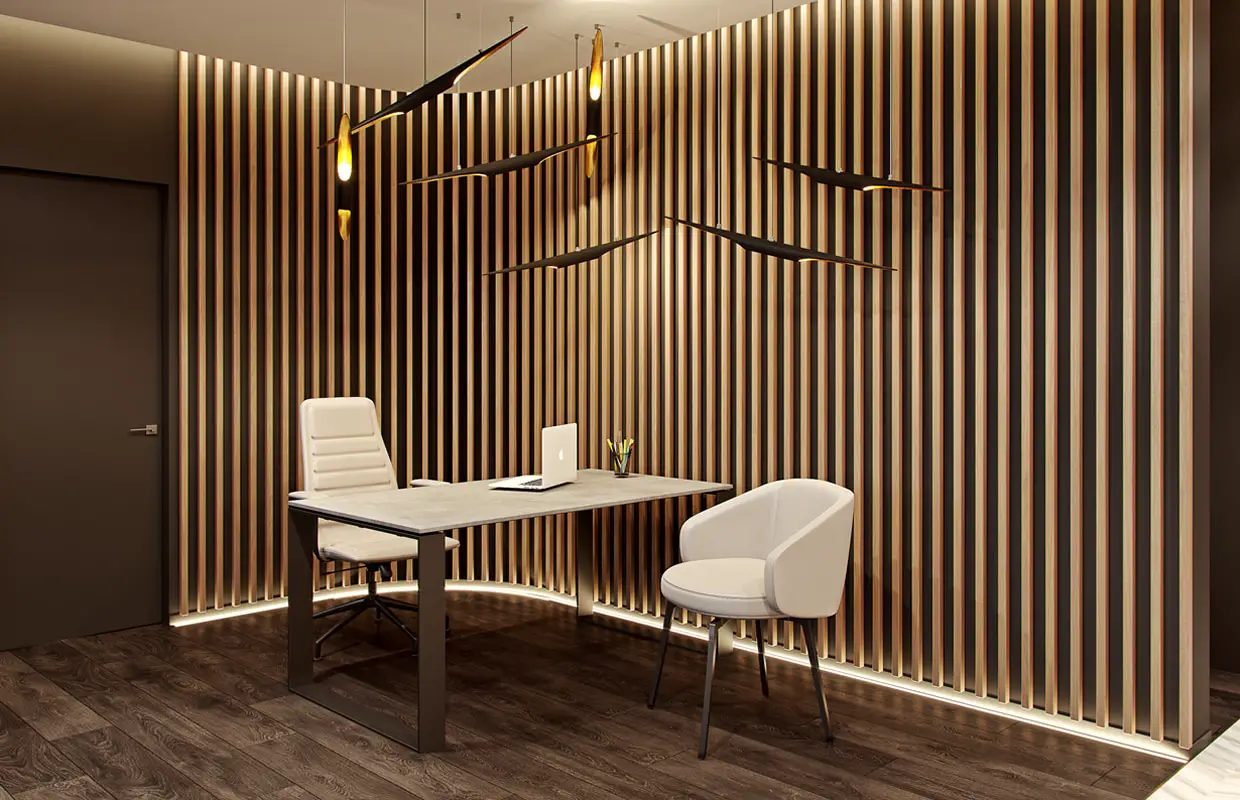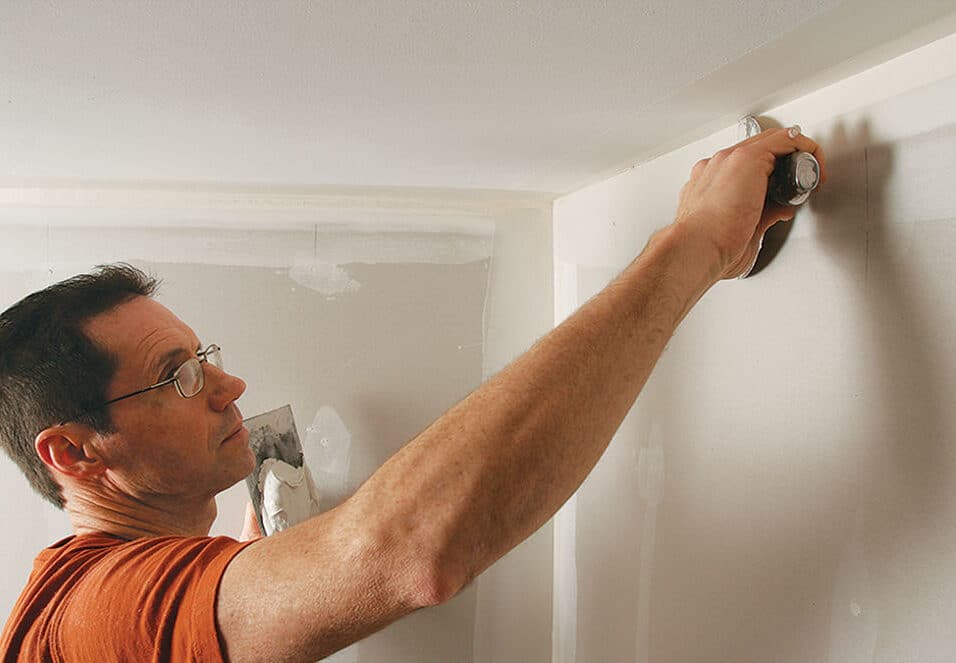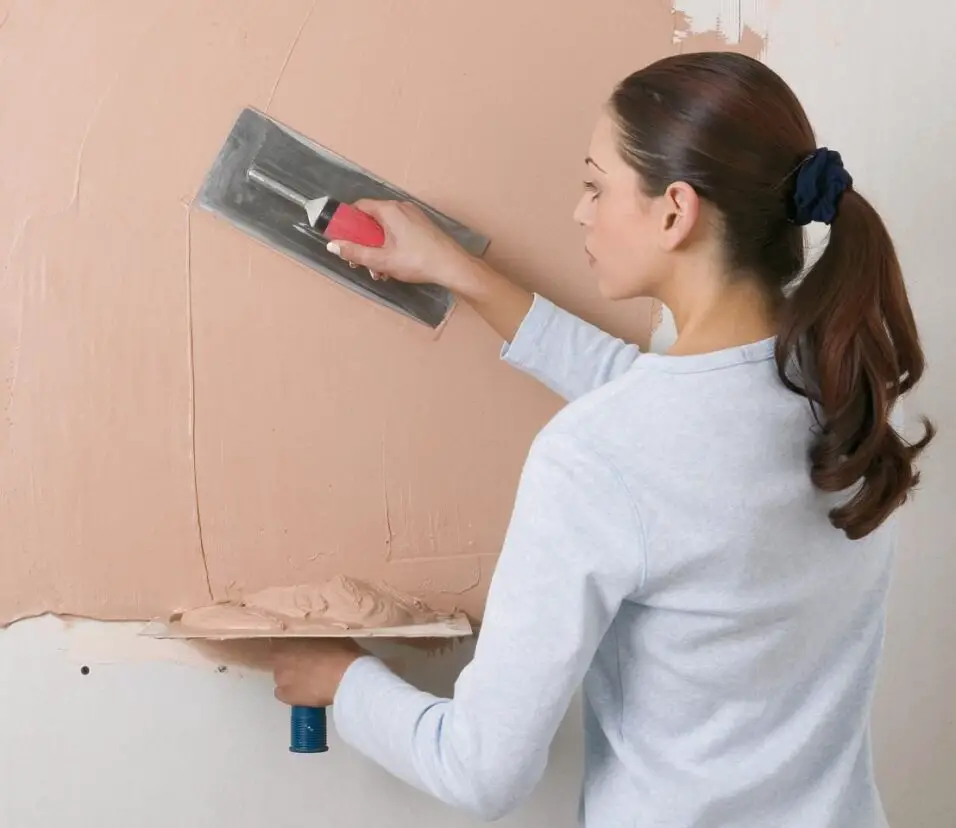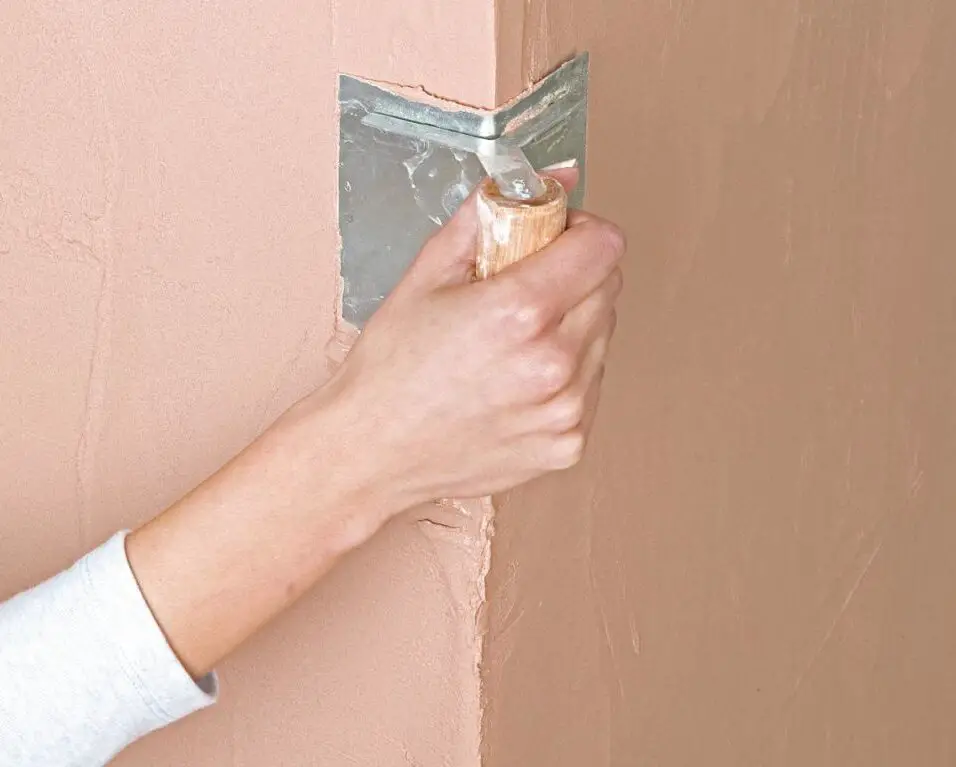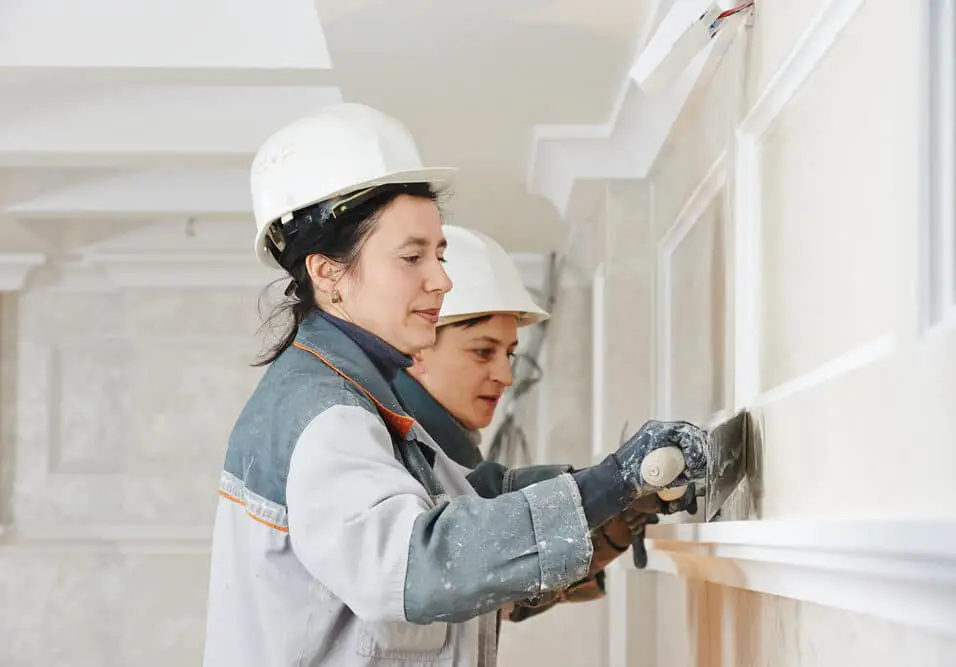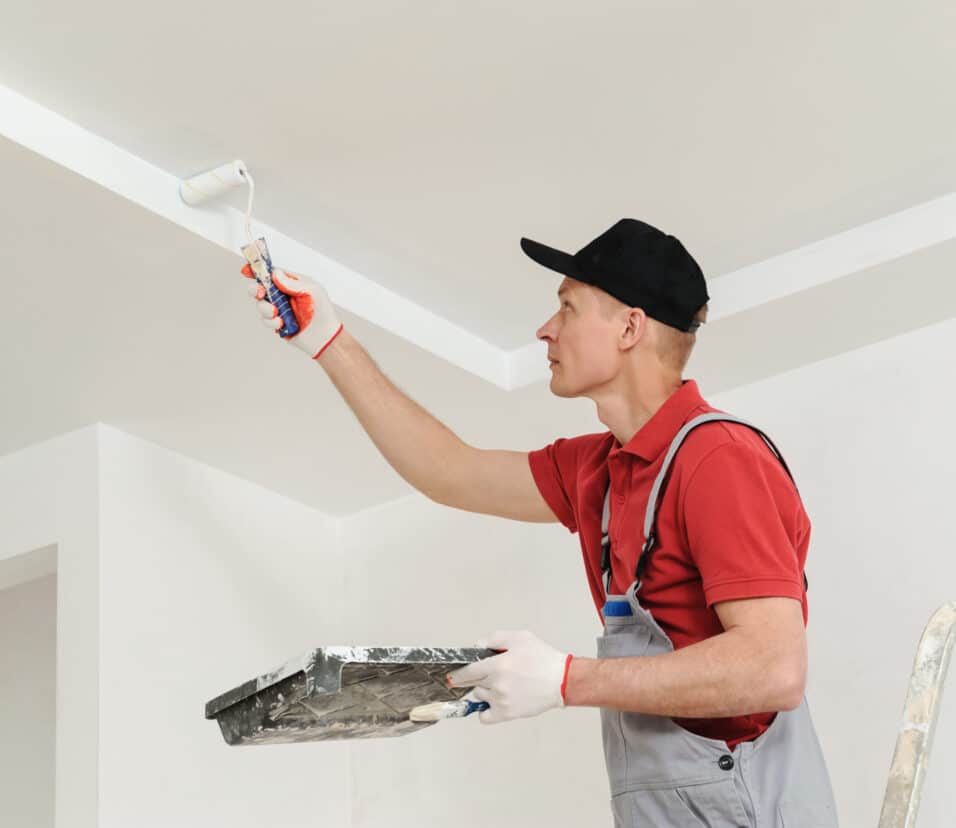How To Update Paneling Walls
Introduction
How To Update Paneling Walls: Paneling walls have been a classic interior design choice for decades, lending a sense of warmth and tradition to homes. However, as design trends evolve, you might find yourself wanting to refresh your space and give those paneling walls a modern twist. Whether you’re dealing with wood, faux wood, or even outdated wallpaper paneling, this guide will walk you through the steps to update your paneling walls and bring them into the 21st century.
In this comprehensive guide, we will explore a variety of techniques and ideas to transform your paneling wall from outdated to chic. You’ll learn how to choose the right paint or stain to match your aesthetic, discover the magic of wallpaper as a quick fix, and explore the creative potential of paneling as an accent wall. We’ll also delve into practical tips for proper preparation and execution, ensuring your updated wall paneling will stand the test of time.
So, whether you’re looking to modernize a room or simply breathe new life into your living space, this guide is your go-to resource for updating paneling walls with style and confidence. Let’s embark on this exciting journey of interior transformation together!
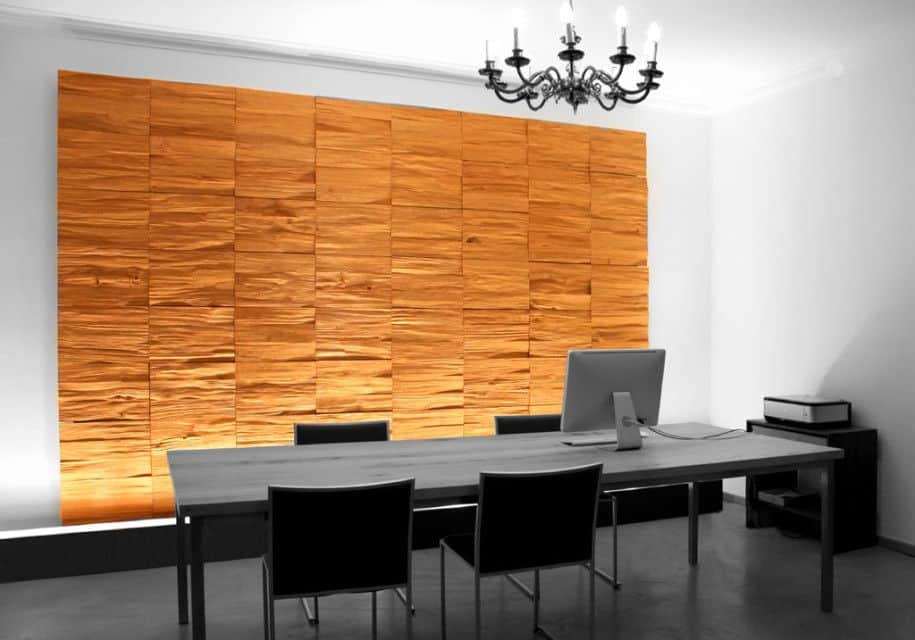
How do you update wood paneling without removing it?
One of the easiest, quickest wood paneling makeover ideas? “A fresh coat of white paint,” says Bee Heinemann, an interior design expert and marketing director of Vänt Wall Panels. Start with a good primer to cover all that panel and wood grain, then add a few coats of a vivid white paint.
Updating wood paneling without removing it is a popular way to refresh the look of a room without a major renovation.
Here are some effective ways to achieve this:
- Painting: Painting is one of the most common methods to update wood paneling. Start by cleaning the paneling thoroughly to remove dust and grease. Fill any gaps or imperfections with wood filler and sand the surface to create a smooth finish. Apply a high-quality primer designed for use on wood surfaces, followed by your chosen paint color. Light, neutral shades can modernize the space, while bolder colors can add a unique character. Finish with a protective topcoat for durability.
- Whitewashing: Whitewashing is a technique that lightens the appearance of wood paneling while allowing the wood grain to show through. Mix equal parts of water and white latex paint, then apply it to the paneling and wipe off any excess. This creates a softer, more rustic look that can brighten up the room.
- Staining: Instead of painting, you can choose to stain the wood paneling to enhance its natural beauty. Select a stain color that complements your decor and the wood’s grain. Before staining, clean the paneling and sand it lightly to ensure even absorption. Apply the stain evenly, following the manufacturer’s instructions.
- Decorative Wall Panels: Another way to update wood paneling is by adding decorative wall panels or wainscoting over it. These panels come in various materials, such as MDF or PVC, and styles, ranging from traditional to modern. They can be painted to match your desired color scheme and provide a fresh, textured look.
- Wallpaper: Wallpaper can transform wood paneling with minimal effort. Choose a wallpaper that suits your style, whether it’s a classic pattern or a contemporary design. Ensure the paneling is clean and smooth before applying the wallpaper. This option allows you to add color, texture, and pattern without altering the paneling itself.
What is the best way to cover paneling?
The 4 Best Ways to Cover Up Fake Wood Paneling
- Spackle and Paint. This four-step process takes a bit longer than some of the options on this list, but painting wall paneling produces the most consistent results.
- Shellac-Based Primer and Paint.
- Caulk and Wallpaper.
- Wall Liner.
The best way to cover paneling depends on your preferences, budget, and the condition of the paneling. Here are some effective options:
- Painting: As mentioned earlier, painting is a versatile and cost-effective way to cover paneling. It can completely change the look of the paneling while allowing you to choose from a wide range of colors. Proper surface preparation is crucial for a smooth finish.
- Drywall Installation: Installing drywall over paneling provides a fresh canvas for your walls. This is a more involved and expensive option but can completely hide the paneling underneath. After installing drywall, you can paint, texture, or wallpaper as desired.
- Texture Overlay: Apply a thin layer of joint compound or texture paint over the paneling to create a textured surface. Once dry, you can paint or wallpaper over the texture to achieve the desired look.
- Beadboard or Wainscoting: Installing beadboard or wainscoting over paneling can add a charming, cottage-style look. These decorative wall coverings come in various styles and can be painted to match your decor.
- Peel-and-Stick Wall Coverings: Peel-and-stick wall coverings, such as removable wallpaper or wall decals, provide a quick and easy way to cover paneling temporarily. They are a great option if you want to change the look frequently without a long-term commitment.
Can wall paneling be painted over?
With just a few steps, you can give wall paneling a makeover. The key to success is using the right primer, paint, tools and materials for the job. If the house or surface you’re painting was built before 1978, see EPA’s renovation, repair and painting program about lead paint guidelines.
Yes, wall paneling can be painted over. In fact, painting is one of the most popular methods for updating paneling. Here are the steps to successfully paint over wall paneling:
- Preparation: Clean the paneling surface thoroughly to remove dust, dirt, and grease. Fill any gaps, cracks, or imperfections with wood filler and sand the surface to create a smooth and even finish.
- Priming: Apply a high-quality primer designed for use on wood surfaces. This primer helps the paint adhere better and prevents any wood tannins or stains from bleeding through the paint.
- Painting: Once the primer is dry, paint the paneling with your chosen paint color. Latex or acrylic-based paints work well for this purpose. Apply at least two coats for full coverage, allowing each coat to dry before applying the next.
- Finishing: To enhance durability and provide a smooth, washable surface, consider applying a clear topcoat or sealer. This will protect the paint and make it easier to clean.
Painting over wall paneling is an effective way to modernize and refresh the look of a room without the need for extensive remodeling.
How do you modernize wood paneling without painting?
You can create unique and innovative designs using wood paneling without the need for paint.
- Add a pop of color by painting with vibrant colors or patterns.
- Use different textures and finishes to add interest.
- Create a natural look by using natural wood stains and finishes.
- Contrast elements for a more dramatic look.
Modernizing wood paneling without painting can be achieved with a few creative strategies:
- Texture Overlay: Apply a thin layer of joint compound or texture paint over the wood paneling. Once it dries, it creates a textured surface that can be left as is for a modern rustic look or painted to match your desired color scheme. This adds depth and character to the walls without covering the wood grain entirely.
- Wood Veneer or Laminate: Consider applying wood veneer or laminate sheets over the paneling to give it a sleek, modern appearance. This method allows you to maintain the look of wood while updating its color and finish. Ensure the paneling is clean and smooth before applying the veneer or laminate.
- Decorative Wall Panels: Install decorative wall panels, such as 3D panels or geometric designs, over the wood paneling. These panels come in various materials, including PVC, MDF, and metal, and can create a contemporary and eye-catching focal point in the room.
- Lighting and Decor: Modernizing the overall look of a room with wood paneling can also be achieved by updating the lighting fixtures and adding modern decor elements. Contemporary furniture, sleek lighting fixtures, and minimalist decor can contrast beautifully with the traditional feel of wood paneling, creating a balanced and modern interior.
- Flooring and Ceiling: Updating the flooring and ceiling can complement the wood paneling and give the room a more modern feel. Choose flooring materials and ceiling designs that align with your desired aesthetic and create a cohesive look throughout the space.
Modernizing wood paneling without painting involves a mix of texture, color, and complementary design elements to achieve a fresh and contemporary atmosphere in your home.
Can I put wallpaper over wood paneling?
CAN YOU WALLPAPER OVER WOOD PANELING AND CAN WALLPAPER STICK TO WOOD? YES. With proper prep and priming, and quality wallpaper paste and tools, you can install wallpaper over wood paneling. Fortunately, ROMAN Products has the necessary primers, adhesives, and tools to prepare and apply wallpaper to wood surfaces.
Yes, you can put wallpaper over wood paneling. It’s a viable option if you want to update the look of your wood paneling without the effort of removing or painting it.
Here are the steps to successfully apply wallpaper over wood paneling:
Prepare the Surface: Ensure that the wood paneling is clean and free of dust, dirt, and any loose debris. You may need to use a mild detergent and water to clean it thoroughly. Once clean, let it dry completely.
Fill Gaps and Imperfections: If your wood paneling has visible gaps or imperfections, use wood filler to fill them. Sand the surface smooth after the filler has dried to create an even base for the wallpaper.
Apply a Wallpaper Primer: Applying a wallpaper primer designed for use on textured surfaces like wood paneling is essential. It helps the wallpaper adhere properly and prevents the wood’s texture from showing through the paper.
Select Your Wallpaper:
Choose a wallpaper that suits your design preferences. Keep in mind that textured or embossed wallpapers can help hide the paneling’s texture better than thin, flat wallpapers. Measure and cut the wallpaper to fit your wall dimensions, leaving a little extra at the top and bottom for adjustments.
Apply the Wallpaper: Starting from one corner, carefully apply the wallpaper, smoothing it out as you go to remove air bubbles and ensure a tight fit. Use a wallpaper smoothing tool or a soft, clean cloth to achieve a smooth, even application.
Trim Excess: Once the wallpaper is in place, trim any excess paper at the top and bottom using a sharp utility knife and a straight edge.
Seam Edges: If you’re using wallpaper with seams, make sure to align the patterns correctly and use wallpaper seam adhesive to secure the edges together.
Finish and Enjoy: Allow the wallpaper to dry thoroughly according to the manufacturer’s instructions. Once dry, your wood paneling will have a fresh, updated look, and the texture of the paneling will be hidden beneath the wallpaper.
Remember that not all wallpapers are suitable for covering textured surfaces, so be sure to choose one specifically designed for this purpose. Wallpapering over wood paneling is a cost-effective and stylish way to transform your walls while preserving the paneling underneath.
What is the best color to paint paneling?
White is always classic and is currently all the rage. It can give your wood-paneled wall the “pop” to stand out in a great way. Use black, navy or dark grey as furniture and wall decor accents and you can’t go wrong.
The best color to paint paneling depends on your personal preferences, the style of your home, and the atmosphere you want to create in the room.
Here are some popular color options to consider when painting paneling:
- White or Off-White: White is a classic choice that can brighten and open up a space. Off-white shades like ivory and cream offer a softer, warmer alternative and work well in both traditional and contemporary settings. White paint can make a room feel larger and serve as a versatile backdrop for various decor styles.
- Light Neutrals: Light gray, beige, and light taupe are neutral colors that can modernize paneling while maintaining a warm and inviting ambiance. These shades can complement a wide range of furniture and decor.
- Pastels: Soft pastel colors like pale blue, mint green, or blush pink can add a touch of subtle color without overwhelming the room. They are perfect for creating a soothing and elegant atmosphere in bedrooms or living areas.
- Dark Colors: Dark colors like charcoal gray, navy blue, or deep forest green can create a cozy, intimate feel in a room. They also provide a striking contrast against light-colored furnishings and decor, making them ideal for creating a dramatic focal point.
- Bold and Vibrant Colors: If you want to make a bold statement, consider painting your paneling in a vibrant color like red, teal, or mustard yellow. These colors can infuse energy and personality into a space but are best used in moderation to avoid overwhelming the room.
Ultimately, the best color to paint paneling depends on your individual taste, the room’s lighting conditions, and the overall design scheme of your home. Before making a final decision, it’s a good idea to test paint samples in the room to see how they look in different lighting throughout the day.
What paint will stick to paneling?
What Kind of Paint Do You Use on Paneling? Overall, the best option for painting paneling is an interior latex paint with a satin finish. You’ll get the best of both worlds in terms of coverage, ease of cleaning and shine. However, any finish will work well for paneling if the prep work is done properly.
To ensure that paint sticks effectively to paneling, it’s essential to follow the proper preparation and painting steps.
Here’s what you’ll need:
- Clean the Surface: Begin by thoroughly cleaning the paneling. Remove any dust, dirt, or grease using a mild detergent and water. Rinse well and allow the paneling to dry completely.
- Fill Gaps and Imperfections: Use wood filler to fill in any gaps, cracks, or imperfections in the paneling. Sand the surface lightly once the filler is dry to create a smooth, even base for the paint.
- Prime the Paneling: Applying a high-quality primer designed for use on wood surfaces is crucial. The primer helps the paint adhere better and provides a consistent surface for the paint. Allow the primer to dry completely before moving on to painting.
- Select the Right Paint: Choose a paint type that is suitable for wood surfaces. Latex or acrylic-based paints are often the best choice for paneling. They are easy to work with, dry quickly, and adhere well to wood. Semi-gloss or satin finishes are commonly used for paneling due to their durability and ease of cleaning.
- Paint the Paneling: Apply at least two coats of paint, allowing each coat to dry thoroughly before applying the next. Use a paintbrush or roller for an even application. If you’re painting grooved or textured paneling, a brush can help get into the crevices.
- Finish and Maintain: Once the paint is dry, you can enjoy your updated paneling. Regular cleaning with a damp, soft cloth will help maintain its appearance.
When choosing paint, it’s important to consult with the paint store or read the label to ensure that it’s compatible with wood surfaces. Proper preparation and the right type of paint are key to achieving a long-lasting and attractive finish on paneling.
What can I replace old paneling with?
Perhaps the most enduringly popular option for updating plain paneling is wainscoting. Wainscot is a type of paneling covering the bottom part of a wall. Finish the covering off with a wainscot cap.
If you want to replace old paneling with a different wall treatment.
There are several attractive options to consider:
Drywall: Installing drywall is a common choice for replacing old paneling. Drywall provides a smooth, clean surface that you can paint, wallpaper, or texture as desired. It’s a versatile option suitable for most interior spaces.
Beadboard or Wainscoting: Beadboard or wainscoting can add a charming and timeless look to your walls. These decorative wall coverings are often installed in dining rooms, bathrooms, or kitchens, providing a classic appearance.
Texture Overlays: Applying texture overlays, such as plaster or joint compound, is another way to replace old paneling. These materials can be applied directly over the old paneling to create a textured surface that you can paint or finish to your liking.
Reclaimed Wood: Using reclaimed wood planks or barn wood is an eco-friendly and rustic option for wall treatments. It can give your space a warm and weathered look.
Tile or Stone: For a distinctive and luxurious appearance, consider using tile or natural stone as a wall treatment. This is a great choice for kitchens, bathrooms, or accent walls.
Wallpaper: High-quality wallpaper can provide a fresh look without the need to remove the old paneling. Proper surface preparation is essential for successful wallpaper application.
Panel Molding: Installing panel molding on top of the existing paneling can create an elegant and sophisticated look. It adds dimension and architectural detail to your walls.
The choice of replacement material depends on your design preferences, budget, and the intended use of the room. Be sure to consider the compatibility of the new wall treatment with your existing decor and overall design scheme.
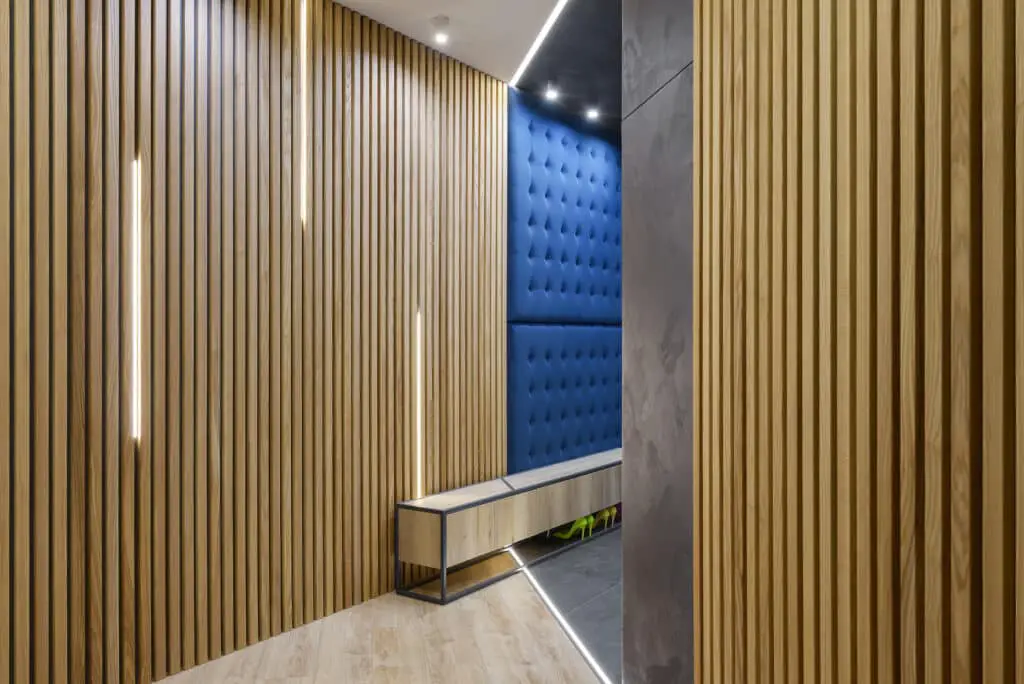
Conclusion
Updating paneling walls can be a remarkably rewarding endeavor, breathing new life into your living space and giving it a fresh, contemporary allure. In this guide, we’ve explored various techniques and ideas to help you navigate this transformative journey with confidence.
By selecting the perfect paint, stain, or wallpaper to suit your style, you can achieve a look that harmonizes seamlessly with your overall design vision. We’ve discussed the transformative potential of paneling as an accent wall, allowing you to create focal points that capture attention and admiration.
Proper preparation and execution are key to the success of your project. We’ve covered essential tips and techniques to ensure your updated paneling walls will not only look great but also endure the test of time.
As you embark on your wood paneling wall update, remember that this process is a canvas for your creativity. Embrace the opportunity to infuse your unique personality into your living space. The end result will not only be aesthetically pleasing but also a reflection of your style and ingenuity. So, roll up your sleeves, unleash your inner designer, and let your updated paneling walls become a testament to your home’s evolving story.



